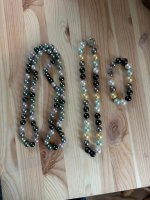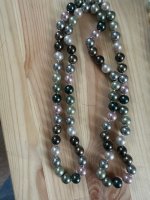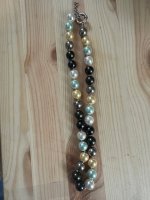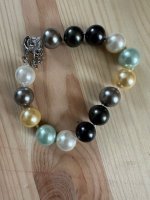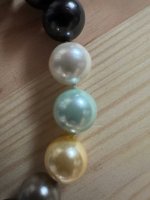Bluewater5289
Member
- Joined
- May 27, 2025
- Messages
- 5
Hello everyone...New member here... I have purchased a Necklace, choker and bracelet through an estate sale and was told they were Tahitian Freshwater Pearls. Can you Look at the attached pictures and tell if they are or how can I get them looked at? 8-9mm... Gritty
Thank you so much!
***UPDATE*** ...First of all I want to thank everyone in this group for helping me. You guys are awesome. I have contacted the auction house I bought them from that was doing the estate sale and requested a refund. From now on I will be using you guys as a resource before I buy another Pearl. THANK YOU SO MUCH!!!
Thank you so much!
***UPDATE*** ...First of all I want to thank everyone in this group for helping me. You guys are awesome. I have contacted the auction house I bought them from that was doing the estate sale and requested a refund. From now on I will be using you guys as a resource before I buy another Pearl. THANK YOU SO MUCH!!!
Attachments
Last edited:

